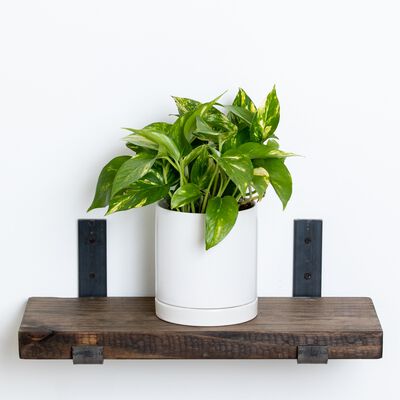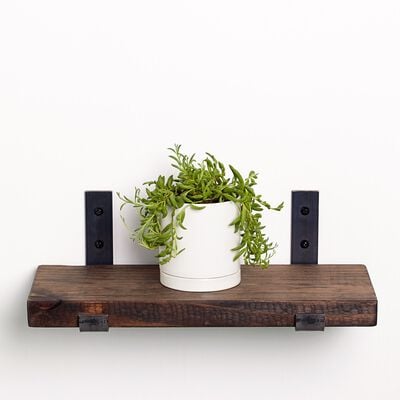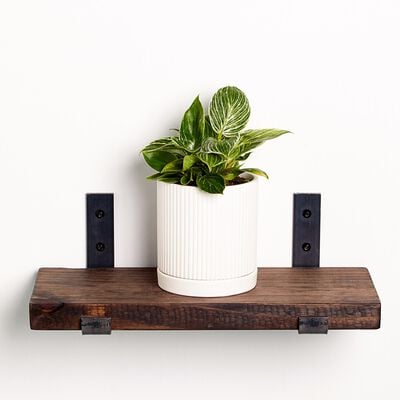
Growing Up, Down, and All Around
Hang around here to discover the best ways to display trailing plants.
Up-do or free-flowing? There are so many fun ways to fashion a trailing plant! Blessed with long vines of foliage, trailing plants are meant to be show stoppers. They naturally lend themselves to showy displays. You can use their vines to create a living garland, add height to your space by guiding their vines upward, or just let them hang loose. If you're looking for a plant you can play with, it doesn't get any more dynamic than trailing plants.
What Are Trailing Plants?
These are plants that even Rapunzel would envy! Trailing plants are named after their tresses of long vines which feature a succession of leaves. While you can keep these plants trimmed back, letting them grow out provides an abundance of options for accentuating their best asset.
Easy Trailing Plants
Some of our favorite trailing plants for interior design include:
- Pothos
- String of Pearls
- English Ivy
- Tradescantia
- Creeping Fig
- Philodendron
- Prayer Plant
- Spider Plant

Three Ways to Style Trailing Plants
The way you style the long locks of your trailing plant all depends on how you'd like to use your space. Trailing plants can be trained along shelves, strings, and stakes, or hung up in hanging baskets. If there's a certain look you're after, discover which plants can help you achieve it. If you already have a trailing plant, you may be surprised to learn there are other ways to showcase its beauty.
Vertical Displays
Vines spiralling upward adds eye-catching height and an intriguing statement to any space. With the right plant, a stake or moss poll can be used to train trailing plants to grow up, rather than down. To start your own dynamic vertical design, choose between stakes and moss polls. A moss poll is a stake with moss wrapped around it using wire. These not only help plants grow vertically, but also provide moisture for the aerial roots along the vines.
To use a moss poll, stick the bottom stake portion into a pot with your plant. You can support the vines growing upward by using garden staples or twine to attach them to the poll. A stake can also be used to help trailing plants grow tall. Simply set the stake at the bottom of a pot, and then add soil and your plant. As the vines grow, train them upward using twine to attach them to the stake.
Horizontal Displays
Whether you want to draw eyes to a shelf or make a sunny entryway a little more dreamy, you can use the vines of a trailing plant to create draping displays. On a shelf or bannister, this simply requires laying the vines along the shelf rather than allowing them to dangle off. To create a living garland over a window or walkway, you'll need to set up a string that runs from the plant and extends over the area you want it to grow. Use twine to tie the vine to the string as it continues to grow across.
Free-Flowing Vines
One of the best ways to show off your trailing plant's long vines is to let them hang free. You can allow them to dangle off a shelf, or opt for a 360 degree display using a plant hanger. Plant hangers can be posted wherever you have optimal lighting and space, and can be paired with a wide range of pots. To add even more intrigue to your design, set your plant hanger up somewhere unconventional. As long as it can take the weight, you can hang a plant basket from a curtain rod, towel rack, and even a coat hook.


